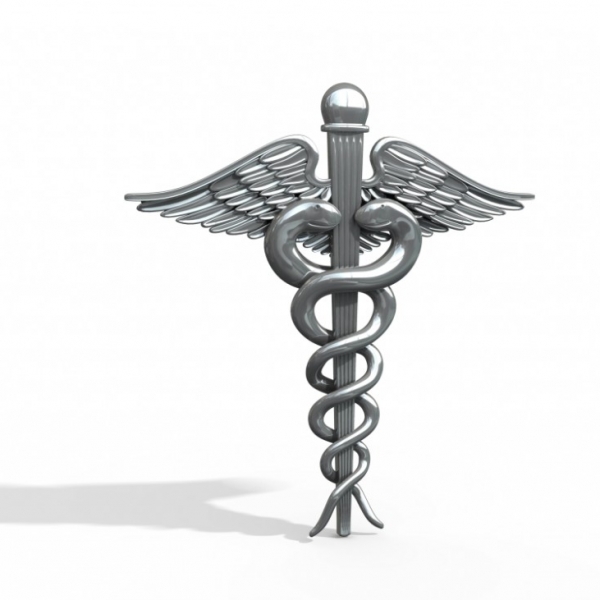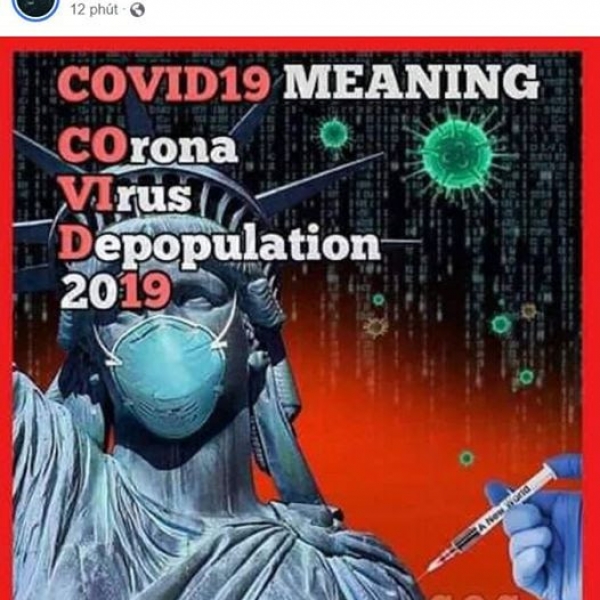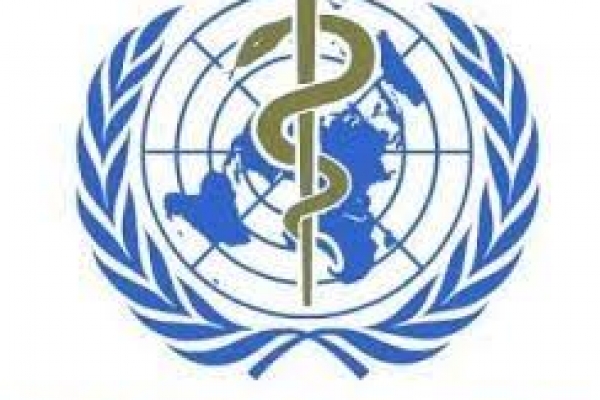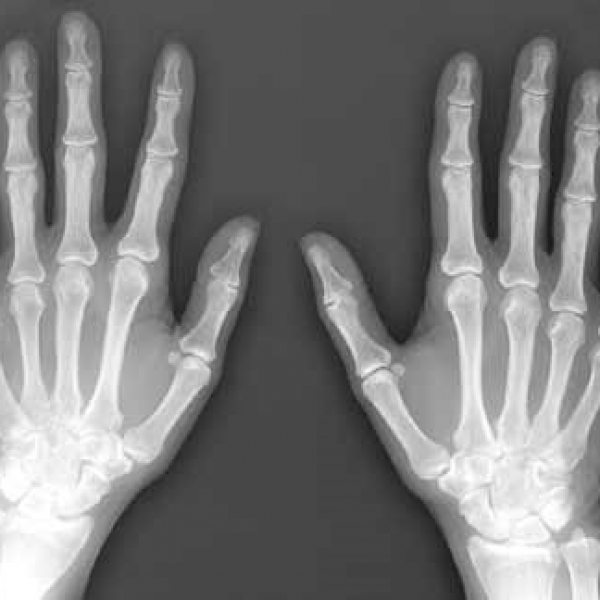Contact Admission
International Collaboration
Pictures of human lungs with Covid-19 in Vietnam
When the rRT-PCR test is not tested or the result is negative, the doctor can still conclude that a patient with Covid-19 is based on lung lesions.
Hanoi Medical University Hospital has just organized an online consultation regarding severe Covid-19 cases in Vietnam. Dr. Doan Tien Luu, Deputy Head of Diagnostic Imaging Department, Hanoi Medical University Hospital, said people infected with SARS-CoV-2 experience increased lung damage over time. Based on these milestones, doctors will be more proactive in treatment regimen and prognosis.
 |
|
Lung images of Covid-19 867 case, lesions show that this person is in the peak stage of disease. Photo: Hanoi Medical University Hospital. In the early stage (0-4 days after symptom onset), chest X-ray shows translucent glass, paved shape, little lesions in lobes. By day 5, the lung has a translucent, paved shape spreading to the sides. This lasts until day 8 and is called a progressive stage. At the peak of the disease (after 10-13 days), the lungs of Covid-19 sufferers appear as dense regions. This is also the time when this organ is most damaged. From day 14 onwards, if the patient is severe, the lungs continue to thicken, even with bilateral diffuse superinfection. For those who have effective treatment, this time the lungs will enter the degenerative stage, the fibrous band below the pleura decreases, the peripheral bronchiectasis. In the new cases of Covid-19 in Vietnam, some patients had tested negative twice before publication. Patient 812 from Bac Tu Liem, Hanoi, was 3 times negative on rRT-PRC before the conclusion of Covid-19 was found. Dr. Luu cites the Dutch team of scientists showing that the suspected Covid-19 resolution is based on computed tomography images. The doctor can conclude that the person with Covid-19 has not tested for rRT-PCR or the result is negative. |
|
|
|
|
|
Computerized tomography images of some lung lesions of people with Covid-19. Photo: Hanoi Medical University Hospital. The 6 levels (CO-RADS) of suspect are classified in ascending order, where, at level 6, the patient is bound to be infected with SARS-CoV-2. Specifically: - CO-RADS 1: Lungs are normal, no damage. - CO-RADS 2: Lesions but little and lung image characteristic of other infectious diseases. The risk of getting Covid-19 is low. CO-RADS3: Injury may occur in Covid-19 or other common illnesses. Moderate suspicion. - CO-RADS 4: Lungs have a translucent, thick, interstitial lesion on the sides, but not specific in SARS-CoV-2 infected patients. However, the rate of infection is very high. - CO-RADS 5: Very high risk. The first rRT-PCR test may be negative, but it is almost certain that this person has Covid-19. Therefore, based on computed tomography the lungs need to re-test the patient. Lungs of this group have translucent, thick, interstitial, tiled, distributed in the peripheral and bottom of the lung. - CO-RADS 6: For a patient with Covid-19, the rRT-PRC test will be positive. Source https://zingnews.vn/hinh-anh-phoi-nguoi-mac-covid-19-o-viet-nam-post1119928.html |
Other news
- May 19 morning: Vietnam has 31 new COVID-19 cases, the Ministry of Health consults with a 'record' of 20 severe cases ( 08:51 - 19/05/2021 )
- May 06, an additional 8 cases COVID-19 at the Tropical Disease Hospital Central ( 10:10 - 06/05/2021 )
- This morning 5-5, Vietnam has no new cases of COVID-19, more than 602,000 more globally ( 14:29 - 05/05/2021 )
- On the morning of May 3, Vietnam did not record a new case of Covid-19 infection ( 07:56 - 03/05/2021 )
- UPDATE KNOWLEDGE ON HOW VACCINE COVID-19 WORKS ( 10:28 - 20/03/2021 )
- On the morning of March 1, no cases of COVID-19, 210 patients undergoing treatment were negative ( 08:28 - 01/03/2021 )
- On the morning of February 25, there was no new case, a patient with very severe COVID-19 ( 08:35 - 25/02/2021 )
- How to wear a Mask properly ( 09:01 - 22/02/2021 )
- 39 provinces and cities let students stop going to school ( 09:47 - 17/02/2021 )
- COVID-19 'brutally exposes' the technological gap ( 15:29 - 30/01/2021 )






















